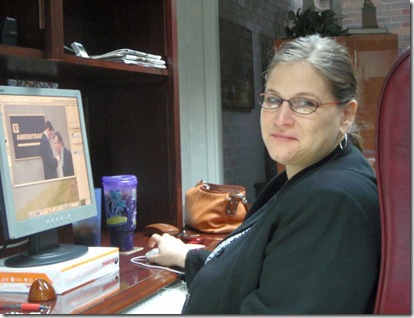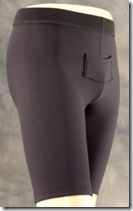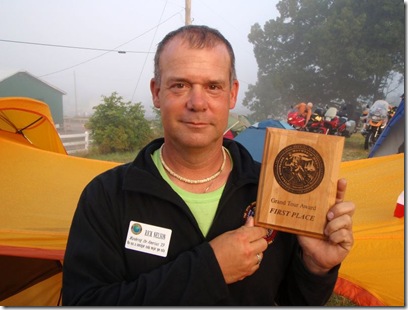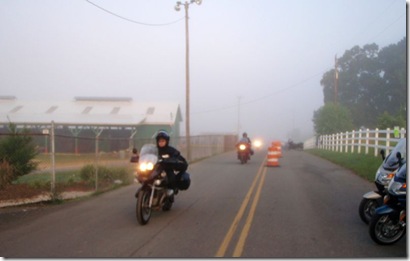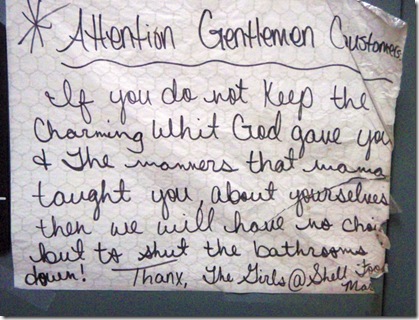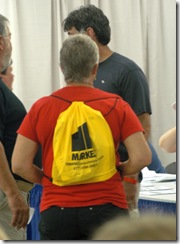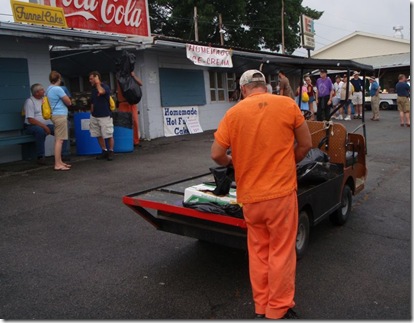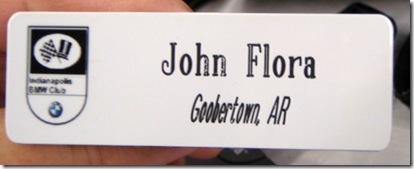CNN:
NEW YORK (Fortune) — In promoting his health-care agenda, President Obama has repeatedly reassured Americans that they can keep their existing health plans — and that the benefits and access they prize will be enhanced through reform.
A close reading of the two main bills, one backed by Democrats in the House and the other issued by Sen. Edward Kennedy’s Health committee, contradict the President’s assurances. To be sure, it isn’t easy to comb through their 2,000 pages of tortured legal language. But page by page, the bills reveal a web of restrictions, fines, and mandates that would radically change your health-care coverage.
If you prize choosing your own cardiologist or urologist under your company’s Preferred Provider Organization plan (PPO), if your employer rewards your non-smoking, healthy lifestyle with reduced premiums, if you love the bargain Health Savings Account (HSA) that insures you just for the essentials, or if you simply take comfort in the freedom to spend your own money for a policy that covers the newest drugs and diagnostic tests — you may be shocked to learn that you could lose all of those good things under the rules proposed in the two bills that herald a health-care revolution.
In short, the Obama platform would mandate extremely full, expensive, and highly subsidized coverage — including a lot of benefits people would never pay for with their own money — but deliver it through a highly restrictive, HMO-style plan that will determine what care and tests you can and can’t have. It’s a revolution, all right, but in the wrong direction.
Let’s explore the five freedoms that Americans would lose under Obamacare:
1. Freedom to choose what’s in your plan
The bills in both houses require that Americans purchase insurance through “qualified” plans offered by health-care “exchanges” that would be set up in each state. The rub is that the plans can’t really compete based on what they offer. The reason: The federal government will impose a minimum list of benefits that each plan is required to offer.
Today, many states require these “standard benefits packages” — and they’re a major cause for the rise in health-care costs. Every group, from chiropractors to alcohol-abuse counselors, do lobbying to get included. Connecticut, for example, requires reimbursement for hair transplants, hearing aids, and in vitro fertilization.
The Senate bill would require coverage for prescription drugs, mental-health benefits, and substance-abuse services. It also requires policies to insure “children” until the age of 26. That’s just the starting list. The bills would allow the Department of Health and Human Services to add to the list of required benefits, based on recommendations from a committee of experts. Americans, therefore, wouldn’t even know what’s in their plans and what they’re required to pay for, directly or indirectly, until after the bills become law.
2. Freedom to be rewarded for healthy living, or pay your real costs
As with the previous example, the Obama plan enshrines into federal law one of the worst features of state legislation: community rating. Eleven states, ranging from New York to Oregon, have some form of community rating. In its purest form, community rating requires that all patients pay the same rates for their level of coverage regardless of their age or medical condition.
Americans with pre-existing conditions need subsidies under any plan, but community rating is a dubious way to bring fairness to health care. The reason is twofold: First, it forces young people, who typically have lower incomes than older workers, to pay far more than their actual cost, and gives older workers, who can afford to pay more, a big discount. The state laws gouging the young are a major reason so many of them have joined the ranks of uninsured.
Under the Senate plan, insurers would be barred from charging any more than twice as much for one patient vs. any other patient with the same coverage. So if a 20-year-old who costs just $800 a year to insure is forced to pay $2,500, a 62-year-old who costs $7,500 would pay no more than $5,000.
Second, the bills would ban insurers from charging differing premiums based on the health of their customers. Again, that’s understandable for folks with diabetes or cancer. But the bills would bar rewarding people who pursue a healthy lifestyle of exercise or a cholesterol-conscious diet. That’s hardly a formula for lower costs. It’s as if car insurers had to charge the same rates to safe drivers as to chronic speeders with a history of accidents.
3. Freedom to choose high-deductible coverage
The bills threaten to eliminate the one part of the market truly driven by consumers spending their own money. That’s what makes a market, and health care needs more of it, not less.
Hundreds of companies now offer Health Savings Accounts to about 5 million employees. Those workers deposit tax-free money in the accounts and get a matching contribution from their employer. They can use the funds to buy a high-deductible plan — say for major medical costs over $12,000. Preventive care is reimbursed, but patients pay all other routine doctor visits and tests with their own money from the HSA account. As a result, HSA users are far more cost-conscious than customers who are reimbursed for the majority of their care.
The bills seriously endanger the trend toward consumer-driven care in general. By requiring minimum packages, they would prevent patients from choosing stripped-down plans that cover only major medical expenses. “The government could set extremely low deductibles that would eliminate HSAs,” says John Goodman of the National Center for Policy Analysis, a free-market research group. “And they could do it after the bills are passed.”
4. Freedom to keep your existing plan
This is the freedom that the President keeps emphasizing. Yet the bills appear to say otherwise. It’s worth diving into the weeds — the territory where most pundits and politicians don’t seem to have ventured.
The legislation divides the insured into two main groups, and those two groups are treated differently with respect to their current plans. The first are employees covered by the Employee Retirement Security Act of 1974. ERISA regulates companies that are self-insured, meaning they pay claims out of their cash flow, and don’t have real insurance. Those are the GEs (GE, Fortune 500) and Time Warners (TWX, Fortune 500) and most other big companies.
The House bill states that employees covered by ERISA plans are “grandfathered.” Under ERISA, the plans can do pretty much what they want — they’re exempt from standard packages and community rating and can reward employees for healthy lifestyles even in restrictive states.
But read on.
The bill gives ERISA employers a five-year grace period when they can keep offering plans free from the restrictions of the “qualified” policies offered on the exchanges. But after five years, they would have to offer only approved plans, with the myriad rules we’ve already discussed. So for Americans in large corporations, “keeping your own plan” has a strict deadline. In five years, like it or not, you’ll get dumped into the exchange. As we’ll see, it could happen a lot earlier.
The outlook is worse for the second group. It encompasses employees who aren’t under ERISA but get actual insurance either on their own or through small businesses. After the legislation passes, all insurers that offer a wide range of plans to these employees will be forced to offer only “qualified” plans to new customers, via the exchanges.
The employees who got their coverage before the law goes into effect can keep their plans, but once again, there’s a catch. If the plan changes in any way — by altering co-pays, deductibles, or even switching coverage for this or that drug — the employee must drop out and shop through the exchange. Since these plans generally change their policies every year, it’s likely that millions of employees will lose their plans in 12 months.
5. Freedom to choose your doctors
The Senate bill requires that Americans buying through the exchanges — and as we’ve seen, that will soon be most Americans — must get their care through something called “medical home.” Medical home is similar to an HMO. You’re assigned a primary care doctor, and the doctor controls your access to specialists. The primary care physicians will decide which services, like MRIs and other diagnostic scans, are best for you, and will decide when you really need to see a cardiologists or orthopedists.
Under the proposals, the gatekeepers would theoretically guide patients to tests and treatments that have proved most cost-effective. The danger is that doctors will be financially rewarded for denying care, as were HMO physicians more than a decade ago. It was consumer outrage over despotic gatekeepers that made the HMOs so unpopular, and killed what was billed as the solution to America’s health-care cost explosion.
The bills do not specifically rule out fee-for-service plans as options to be offered through the exchanges. But remember, those plans — if they exist — would be barred from charging sick or elderly patients more than young and healthy ones. So patients would be inclined to game the system, staying in the HMO while they’re healthy and switching to fee-for-service when they become seriously ill. “That would kill fee-for-service in a hurry,” says Goodman.
In reality, the flexible, employer-based plans that now dominate the landscape, and that Americans so cherish, could disappear far faster than the 5 year “grace period” that’s barely being discussed.
Companies would have the option of paying an 8% payroll tax into a fund that pays for coverage for Americans who aren’t covered by their employers. It won’t happen right away — large companies must wait a couple of years before they opt out. But it will happen, since it’s likely that the tax will rise a lot more slowly than corporate health-care costs, especially since they’ll be lobbying Washington to keep the tax under control in the righteous name of job creation.
The best solution is to move to a let-freedom-ring regime of high deductibles, no community rating, no standard benefits, and cross-state shopping for bargains (another market-based reform that’s strictly taboo in the bills). I’ll propose my own solution in another piece soon on Fortune.com. For now, we suffer with a flawed health-care system, but we still have our Five Freedoms. Call them the Five Endangered Freedoms.
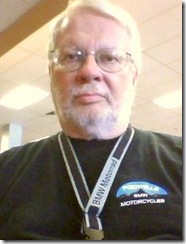



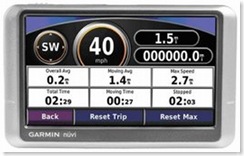

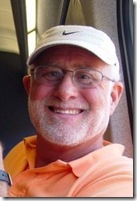



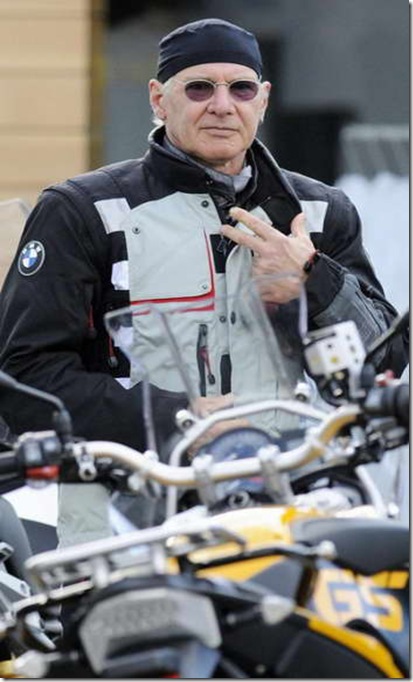





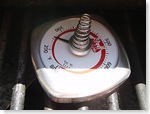


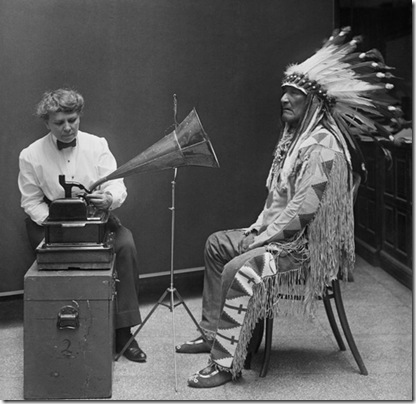




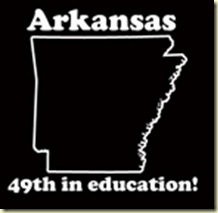
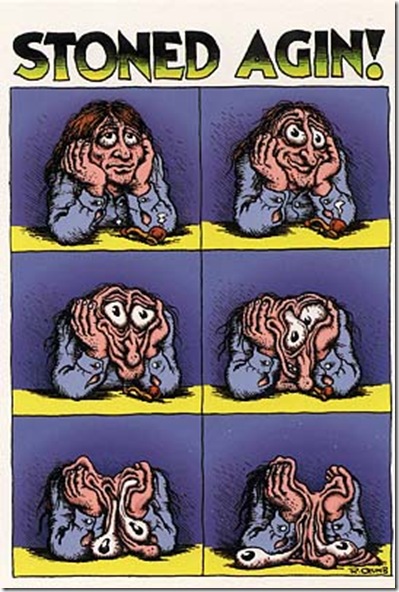
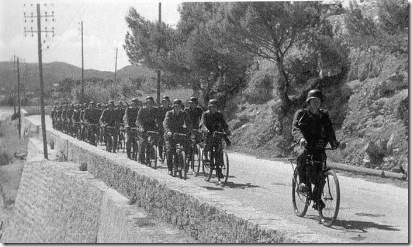


![augen[3] augen[3]](http://lh6.ggpht.com/_xPUSJscPh7g/Smc1Kn7gPGI/AAAAAAAAFXY/yiAf84_sPnQ/augen%5B3%5D_thumb%5B6%5D.jpg?imgmax=800)


